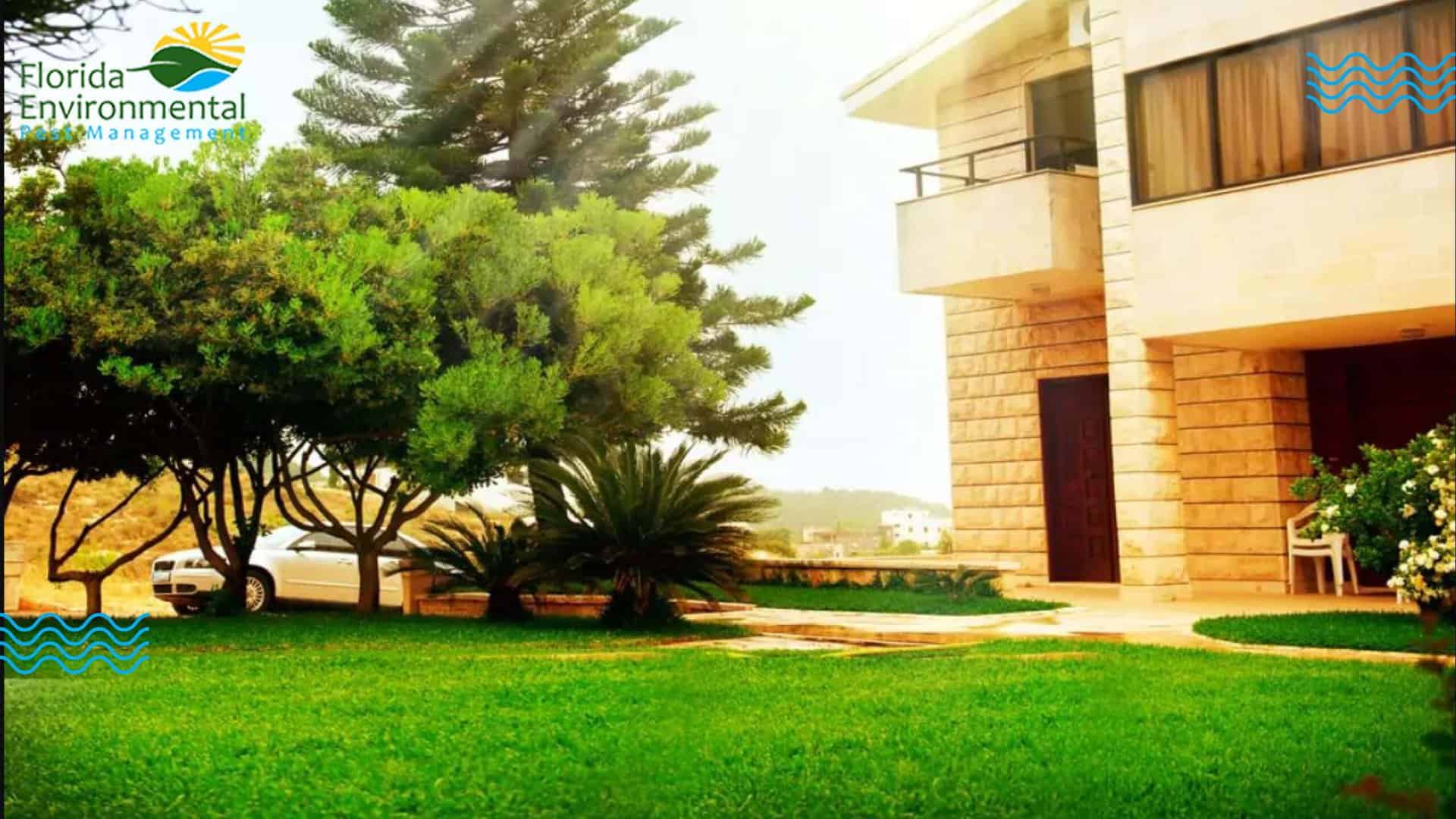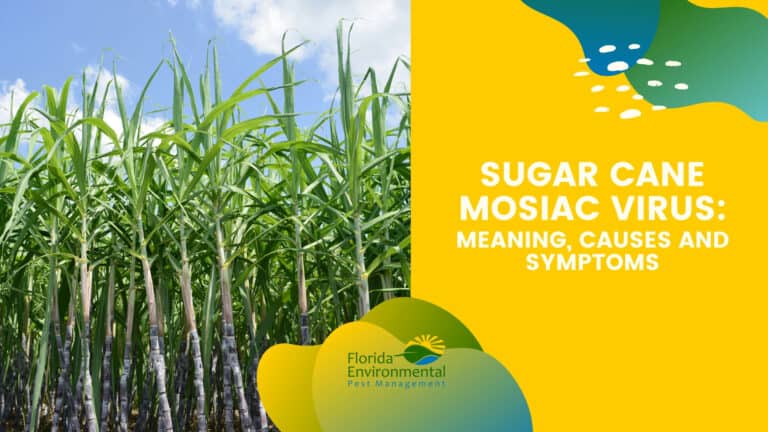Also known as the Florida twig ant, the elongate twig ant migrated from Mexico to Hawaii, Florida, and other southern parts of the United States. The elongate twig ant is an insect predator that also eats fungus and honeydew, a sugary substance secreted by sap-eating insects. Keeping insects in check is one of the primary benefits of having twig ants in your garden, but some people consider these stinging ants to be a nuisance as well. If you want to find out more about the bugs on your property, pest control professionals can help you tell the difference between beneficial and harmful insects.
What Is The Elongate Twig Ant?
Elongate twig ants are slim black and orange ants that are often mistaken for wasps. About a quarter of an inch in length, some elongate twig ants have wings, and all of them have stingers at the end of their stomachs. Although they aren’t aggressive ants, they will sting humans if they feel threatened or get trapped in your clothing. Elongate twig ants thrive in warm climates and prefer to live in trees and nests built from dead twigs or dry plants, though they can be found on other vegetation and wooden fences. Their colonies have a single queen and it’s rare to see more than one of these ants at a time, as they prefer to hunt alone.

Why Are They Helpful In The Garden?
It’s helpful to have elongate twig ants in your garden because they eat insects that damage leaves, trees, and flowers, such as aphids. It’s disappointing to spend money, time, and energy landscaping your property or cultivating a garden, only to have plants die because of insect activity. Twig ants provide natural insect control, but can sometimes find their way indoors, which is when they become more of a nuisance. Twig ants prefer to live outdoors but can be transported inside people’s homes on ornamental plants or find their way inside due to unsealed cracks and crevices.
They Aren’t Always Helpful
Twig ants can sting when they feel threatened, which is why some people consider them a nuisance. Although a bite from a twig ant is less painful than one from a fire ant, it can still cause considerable pain and discomfort. Twig ant bite symptoms include swollen itchy patches on your skin that can be up to three inches wide. Some twig ant bite treatment options include applying cold compresses and antibiotic ointment to the affected area. If symptoms persist or get worse, you should seek medical attention as some people do have allergic reactions to ant bites.

Pest Control To Find The Balance
Professional exterminators know how to keep a given population of twig ants in check without getting rid of them completely. In fact, these ants are one of the most difficult kinds of insects to exterminate on your own, because their nests are often hard to find. A twig ant nest can be located high up in a tree or in other difficult-to-reach places, so it’s a good idea to leave ant control to the pros. Finding the right balance is essential, as having enough twig ants can keep populations of other bugs in check without them taking over your property. Signs of an infestation include seeing ants swarm in areas of your yard or finding them on your clothes every time you sit outside. If you have an ant infestation, it should be dealt with as soon as possible.
How We Can Help You
At Florida Environmental, we are pest control professionals with years of experience in South Florida. We know how to deal with local pests and insects of all kinds, including the elongate twig ant. We can help you find the right balance of beneficial insects for your property while exterminating the detrimental ones. If you are noticing a lot of ant or insect activity in your yard, garden, or even inside your home, contact us today. We will come up with a custom treatment plan that suits your needs and your budget.





